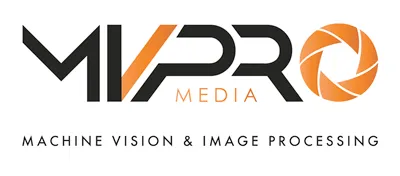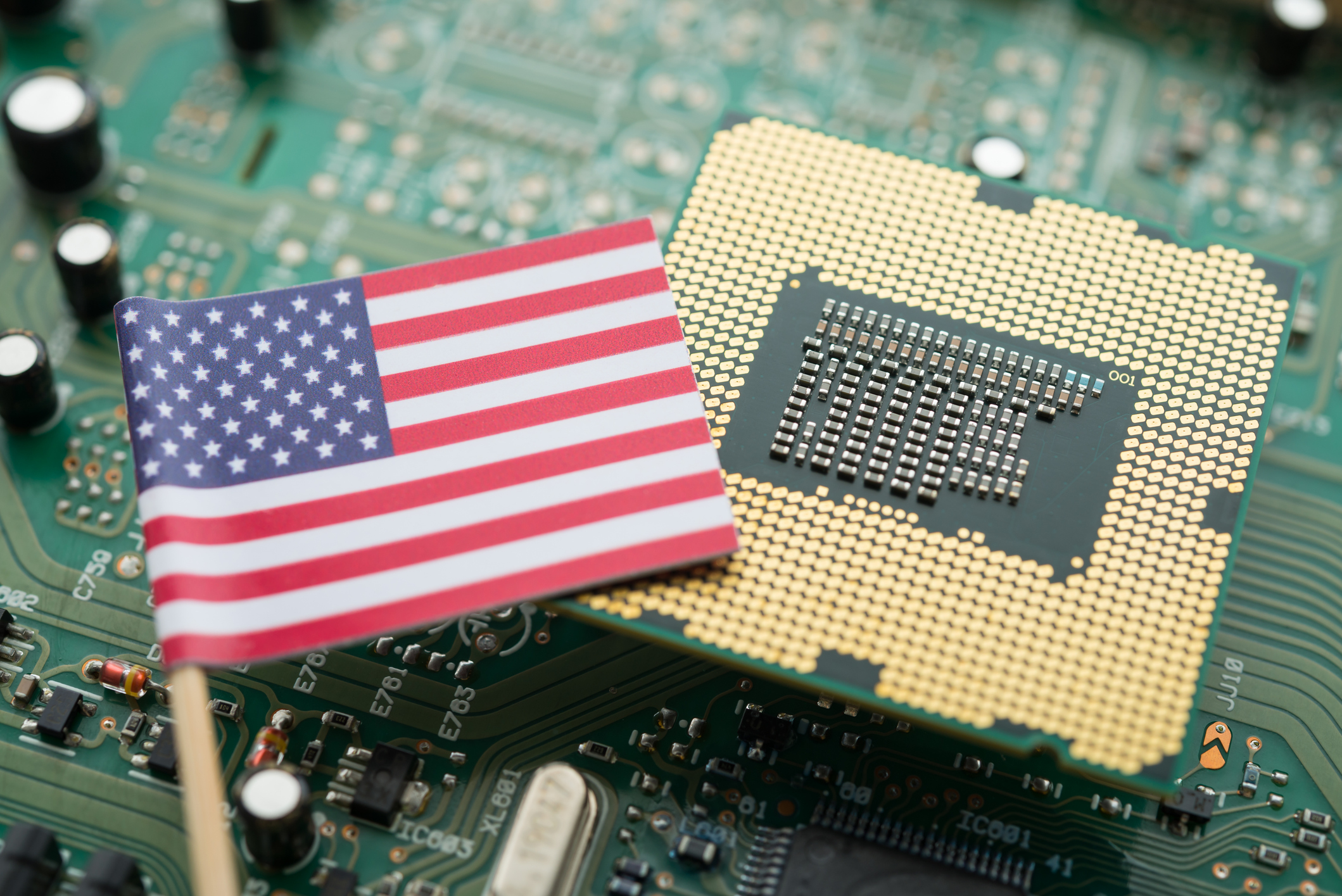Kirsty Talmage-Rostron, Business Development Manager – UK South, Industrial Equipment at Siemens Financial Services discusses industrial automation, robotics and how smart finance could provide the means for those technologies to thrive.
It’s no secret that the COVID-19 disruption and lockdown has had a major effect on the manufacturing industry. Restrictions on the number of staff on the factory floor at any one time markedly impacted processes and in turn reduced overall productivity and output. In this context, robotics, assembly technology and automation have been key to industrial production lines navigating the crisis.
Not only is this automated technology removing concerns over workforce disruption but it is also making it easy to change space allocation, stacking and retrieval at a moment’s notice. Additionally, automation in the warehouse has proved to be a boon for many manufacturers as it allows them to change their storage needs week by week, such as food and drink companies who are finding that demand is often out of alignment with the volumes they are producing,[1].
Similarly, rapid rebalancing of storage management in the inbound supply chain – especially between local raw materials and imported goods – is also made easier with automation. Simple robotics are increasing in popularity, automating tasks such as washing, peeling, sorting, weighing, tray filling – eliminating human error or variability.[2]
In short, manufacturers need the means to adapt quickly to the challenges the markets throw at them and automation and robotics offer just that. Despite this, investment in industrial automation in the UK is lagging as compared to foreign competitors. When it comes to robot density (the number of robots per 10,000 workers), the UK registers at 91 while countries such as Germany and Japan each boast over 300 and Singapore a formidable density of 831 robots to every 10,000 workers.[3]
Given the size and cost of such an undertaking, cautious manufacturers might be tempted to wait and see how much competitive advantage early adopters gain from automation and robot technologies. Failing to invest early, however, may well be a strategic mistake. A previous global study from Siemens Financial Services (SFS) has shown that the window of opportunity to gain competitive advantage through digitalisation investments is narrowing, with a ‘tipping point’ of 5-7 years, after which manufacturers will be playing catch-up.[4]
The ‘new normal’ is on the horizon and manufacturers are already looking to the future. According to Make UK’s Covid-19 Manufacturing Monitor, 1 in 2 manufacturers believe they will achieve full operating levels by the end of 2021 and more than 60% believe the UK will return to normal in less than 12 months.[5] Businesses will want to seize this market growth opportunity by maintaining the momentum of investment that has seen them through the pandemic and this strategic advantage is likely to define commercial success in the future.
Challenges to implementing automated technologies tend to pivot around the issue of finance – particularly during this time of economic turbulence. These barriers, however, can be overcome using smart finance techniques – known as “Finance 4.0” – which cover the full range of requirements, from the acquisition of a single digitalised piece of equipment to financing a whole new factory. Smart finance provides the means to maintain the investments in resilience and agility to survive and thrive.
Smart financing techniques help manufacturers to address the need to invest, harness sustainable third-party capital to reduce the burden on corporate lines of credit, as well as to deploy cash flow management techniques that help maximise available working capital. All of these are playing a crucial role in helping manufacturers deal with the current period of volatile markets and economics.
Smart finance solutions tend to be offered by specialist financiers, where the funder understands the technology, the markets, the applications and the operating pressures and where financing is an integrated part of the discussions with technology vendors. Using this knowledge, they create and align financing structures that are focused on achieving recognisable and clearly identified desired business outcomes for the manufacturer, through access to the right technology, services and advisory.
Currently, one of the greatest advantages of such an approach is the ability to flex and adapt rapidly to market challenges. More broadly, these financing techniques align payments to the expected rate of return-on-investment delivered through new technologies and equipment.
As the UK looks to a post-Covid future, manufacturers are gearing up to seize on the expected market growth. Smart finance offers a sustainable and practical avenue to investment that can help businesses to gain a strategic market advantage while enjoying the productivity and efficiency gains that such technology offers.
You can find more information about Siemens Financial Services on its website.
Stay up to date with the most recent automation, computer vision, machine vision and robotics news on Automate Pro Europe, CVPro, MVPro and RBPro.
[1] Siemens Financial Services, Food and Beverage: Rising to the new challenge (Summer 2020)
[2] Robotics Tomorrow, COVID-19 impact on food automation and robotics market (5 May 2020)
[3] International Federation of Robotics, How robots help UK manufacturers face the headwinds of Brexit and COVID-19 coronavirus (27 April 2020)
https://ifr.org/post/How-robots-help-UK-manufacturers-face-the-headwinds-of-Brexit-and-COVID-19
[4] Siemens Financial Services, Countdown to the Tipping Point for Industry 4.0, April 2019, Estimates the time period to the ‘tipping point’ for investment – when 50% of the global manufacturing community will have substantially converted to Industry 4.0 platforms
[5] MAKE UK, MANUFACTURING MONITOR (08/02/21)
















